With these, Rossi shares only a sort of frustrated nostalgia for the structure of communication.
The emptied sign is also the instrument of the metaphysics of De Chirico, of the dream-like realism of the neue Sachlichkeit, and of the astounded enigma projected onto objects by the school ofthe Nouveau Regard.
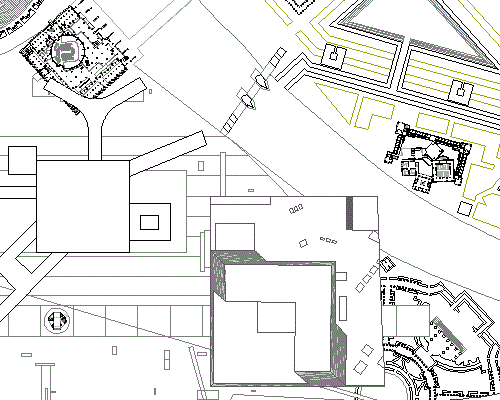
"Pure Art," the object of a famous discussion between Walter Benjamin and Theodor Adorno, sets forth in such works its own principle of legitimacy.
Exhibiting a syntax of empty signs, programmed exclusions, rigorous limitations, it reveals the inflexible nature of the arbitrary and the false dialectic between freedom and norms that are characteristic of the linguistic order.
By this means such an architecture falls back to the structural nature of language itself.
As the abstract representation of its own arbitrary laws, it makes artifice its own realm.
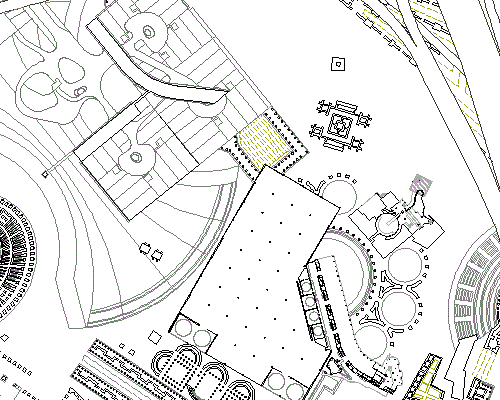
Beginning with the monument of Segrate (1965) to the designs for the City Hall of Muggio (1972) and the cemetary of Modena (1971), Rossi declaims an alphabet that rejects all articulation.
The specific qualities of architecture are set down into a universe of carefully selected signs, within which the law of exclusion dominates, and in fact is the controlling expression.
| |
The invocation of form that it calls forth excludes all external justifications.
The architecture of Rossi suppresses such a scandal.
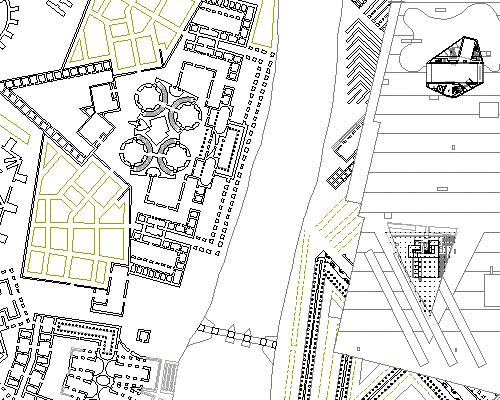
The "scandal" of Stirling's architecture is man, held as he is in an ambiguous suspension between architecture as a pure object and a redundancy of hermetic communications.
Rossi answers the poetics of ambiguity of a John Johansen or a Robert Venturi with the liberation of architecture from any embrace with reality, from any interruption by chance or by any empiricism in its totally structured sign system.
The research by Aldo Rossi provides an excellent example to illustrate a theme which inexorably divides the entire course of modern art.
At the borderline, the linguistic residues--that is, those aspects of the real which have not been resolved in form, as in the architecture of a James Stirling, a Louis Kahn, or a Victor Lundy--are suddenly eliminated; it is there that the absolute presence of form makes "scandalous" the existence of the casual, even in that casual behavior par excellence, human presence.
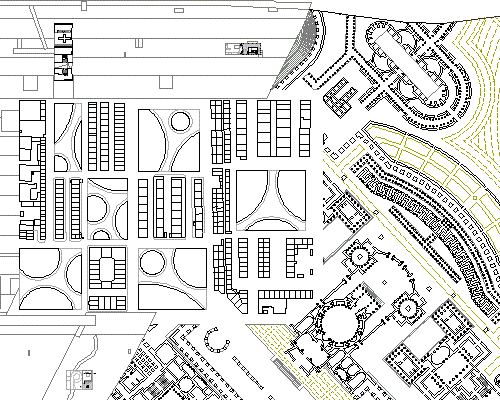
Criticism must point out with precision its role in relation to involuted architectural proposals, if only because these are today the most apparent.
Yet the discourse on language requires further clarification.
| |
There is only insistence upon completion of the analysis of a test of the "function" of the communications system.
In the above method there is no ordinary subdivision between structure and superstructure.
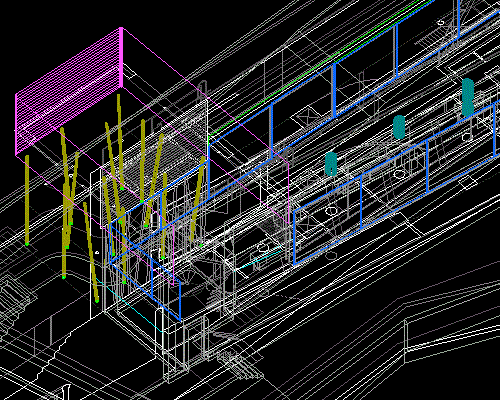
The creation of typological models, which Emilio Garroni has correctly seen as the only possible way to single out systems and codes of reference for architecture, may therefore have meaning if the models prove capable of: (1) defining a series of structural constants to form a base upon which to measure the degree of innovation in each architectural experiment (the typology of the Palladian villa as developed by Rudolf Wittkower is a prime example); and (2) allowing a dynamic comparison between the series of constants and those structures which determine the possibility of the very existence of architecture.
Thus this "doubling" created by criticism must go beyond merely constructing a "second language" to float above the original text, as Roland Barthes speaks of it.
The only external referent of such an "internalized" reading would be found in the gaps inherent in the linguistic object itself.
Such an analysis would be unable to break the magic circle that the work in question draws around itself, and it would therefore only be able to manipulate within set limits the selfsame process that generated the work, thereby repeating its axioms.
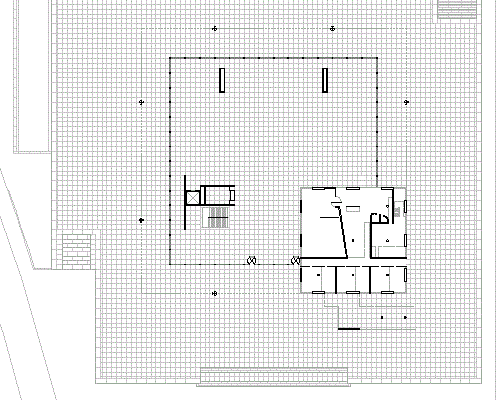
The simple analysis of architecture, which obliges one to speak of it in terms of its language, would be description pure and simple.
Yet it is here that there begins what might be called the doubling of the object under critical examination.
|





